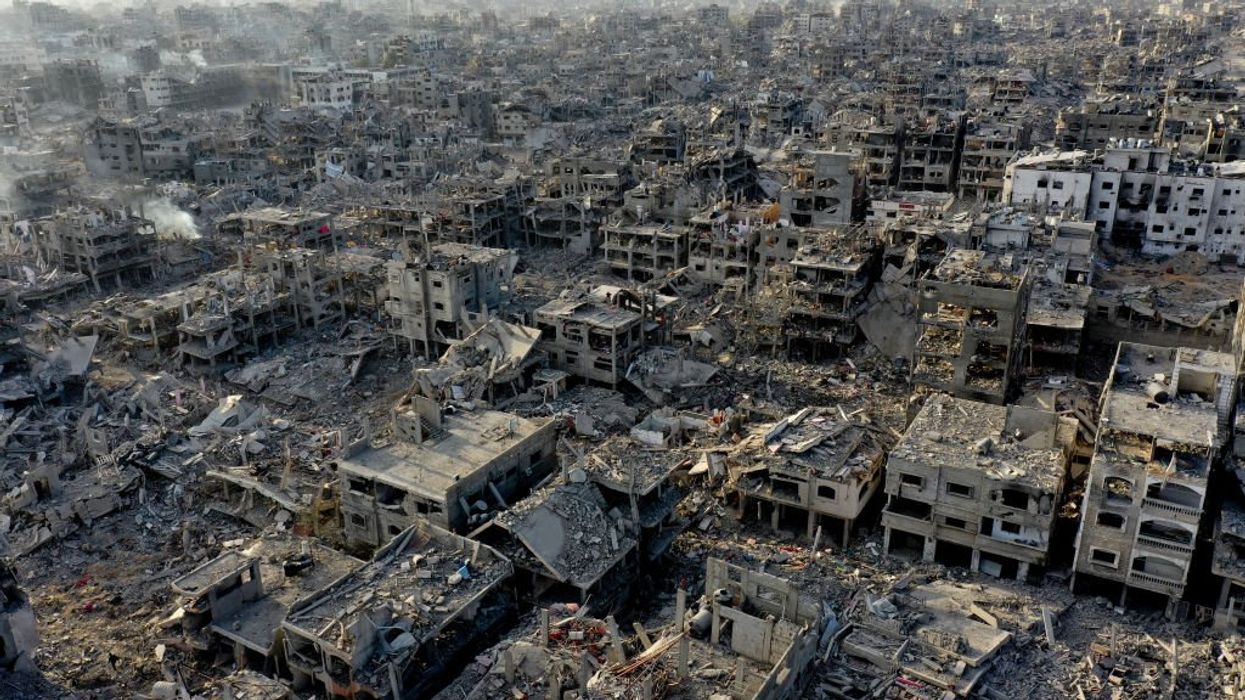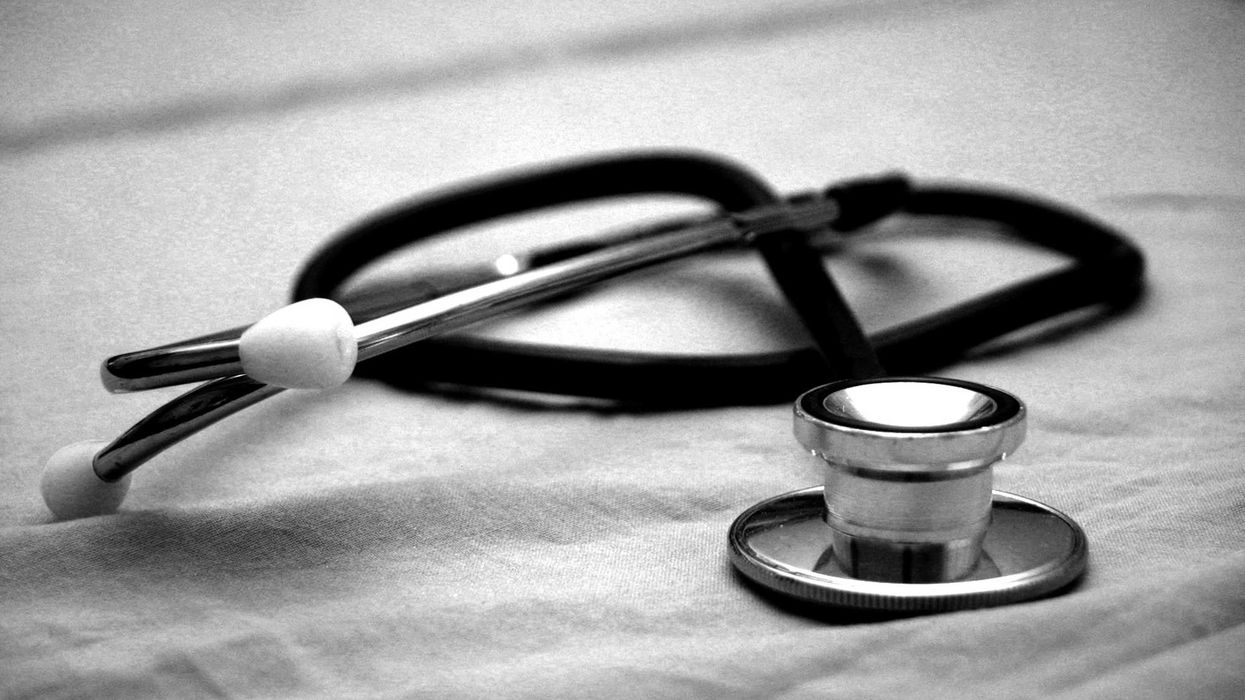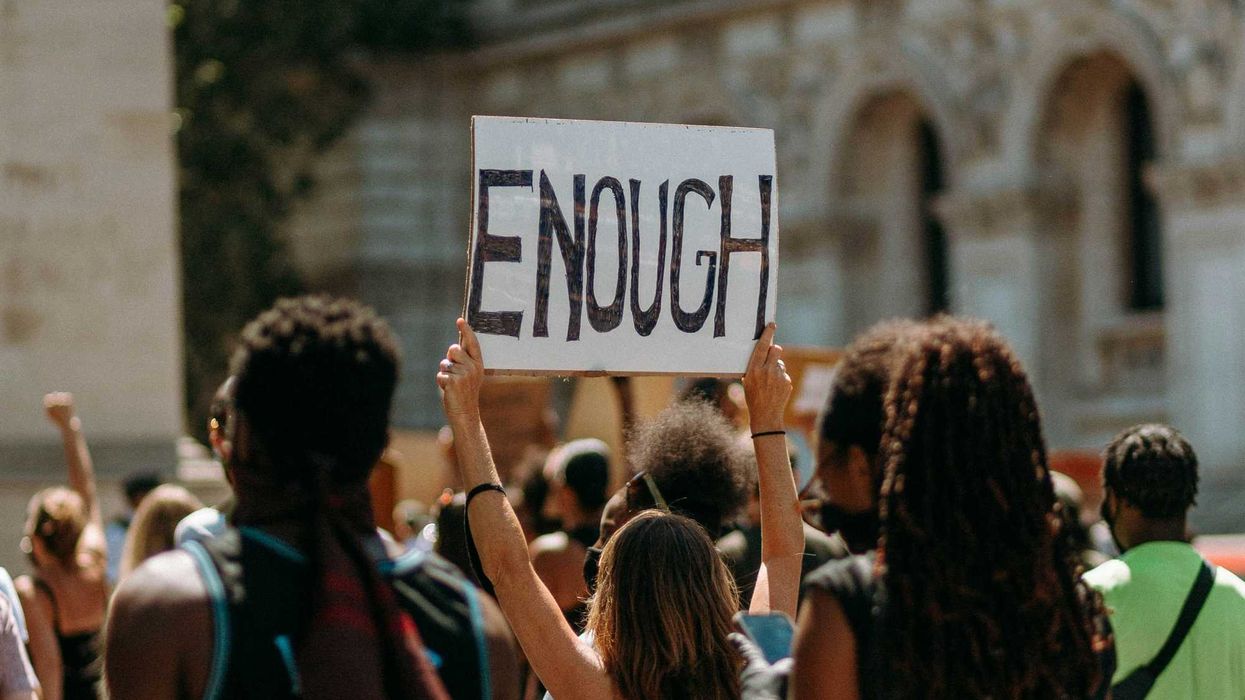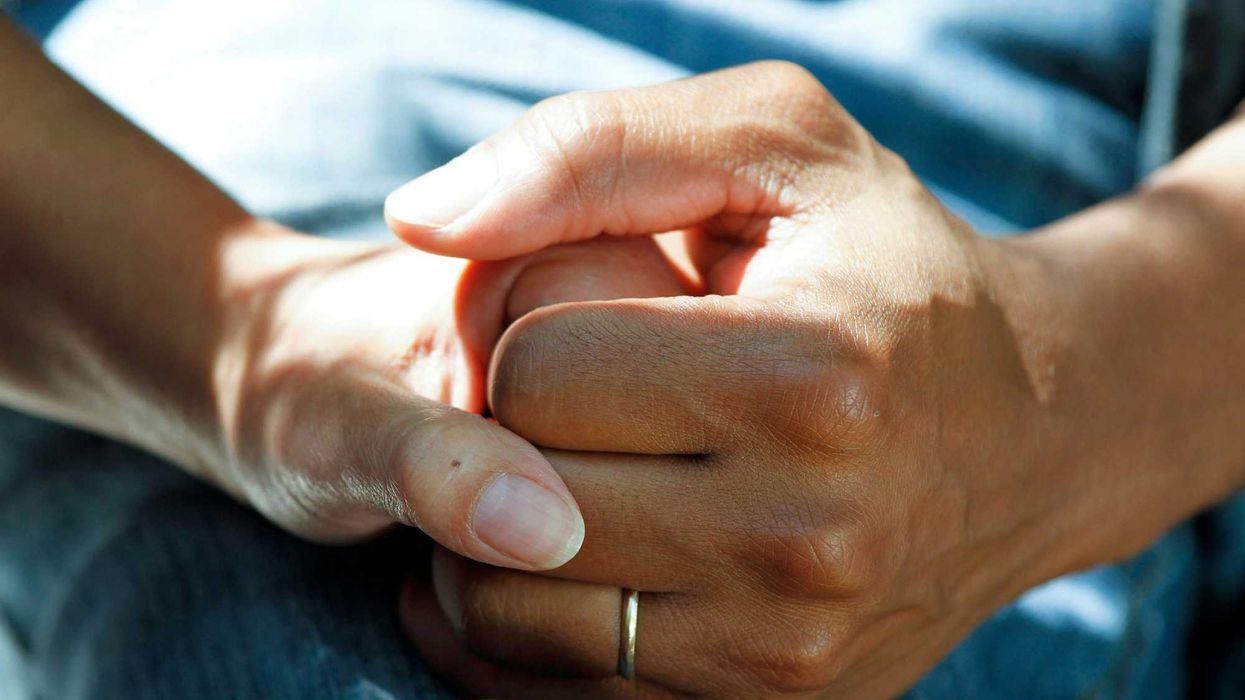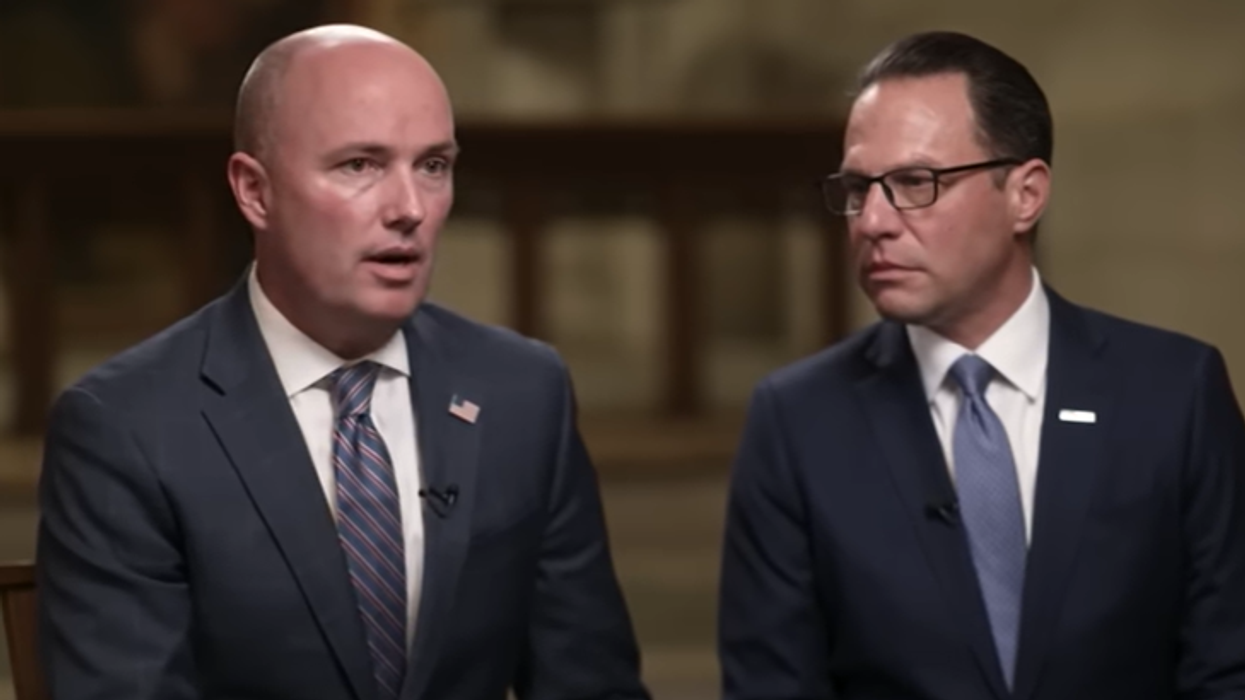While nothing can take away the pain that Israelis and Palestinians have experienced since Oct. 7, 2023, there are some working hard for a mutual society with the hope of a more peaceful future.
Now more than ever, this work needs to be done now, so as not to rob the people coexisting in the region of that future by being stuck in the hate of the present.
The American Jewish Committee describes what happened on Oct. 7 best with this from their website: “On October 7, 2023, Hamas terrorists waged the deadliest attack on Jews since the Holocaust — slaughtering babies, committing sexual violence, burning whole families alive, and taking 240 civilians’ hostage. Hamas murdered more than 1,200 Israelis during the attack. Over a year later, Hamas is still holding over 90 men, women, and children— including seven Americans — captive in the terror tunnels in Gaza.”
Of the 240 taken hostage, the youngest is now 2, and the oldest is 86. Most seem to be dead, but even as of this writing, Hamas refuses to divulge just how many.
To be fair, thousands of Palestinians have also lost their lives as Israel responded with the objective to destroy the terrorist organization Hamas. Countless innocent Palestinians are living under Hamas’ control, and blanket statements should not be made for all living in Gaza and the West Bank.
While both groups hold some responsibility for what happened after Oct. 7, there is no false equivalency here. It is imperative to acknowledge Hamas attacked Israel to eliminate the Jewish people and that terrorists who kidnapped and most likely killed an 8-month-old baby maintain a certain level of evil.
So, after 15 months of devastation and grief in Israel and the Gaza Strip, the Israel-Hamas cease-fire deal, which began on Jan. 19, is certainly welcome news. Just how long the fragile peace deal will remain in place remains to be seen.
The agreement brought the release of three Israeli hostages, who are the first of 33 that Hamas is expected to free during the first phase of the deal. Israel released 90 Palestinian prisoners and detainees just a few hours later. As of this writing, the second wave of releases just took place with four more Israeli hostages in exchange for 200 additional Palestinian prisoners.
The complexity of the situation in the region cannot be understated, but then again, both Israelis and Arabs must do something to move past their mutual distrust and break the cycle of violence and retaliation.
Recently, the Jewish Federation of St. Louis hosted a leading expert on Jewish-Arab relations, Mohammad Darawshe. Darawshe is a Shalom Hartman Institute faculty member and the Director of Strategy of Givat Haviva – The Center for Shared Society.
Darawshe has dedicated his life and career to understanding relations between Jews and Arabs in Israel and working on ways to promote peace through dialogue, understanding, and coexistence.
Givat Haviva was founded in 1949 by the Kibbutz Federation as a nonprofit organization to create mutual responsibility, civic equality, and cooperation between divided groups in Israel. Its Center for a Shared Society has a 40-acre campus in the north where education, language instruction, culture, and art are used to empower and bring Arabs and Jews together.
The program brings together 300 Arab and Jewish children nearly every week. Through social contact, participants “see each other as human beings.” Some of the programs offered include language classes, cooking classes, as well as art and ceramic classes.
Those working in this space for future peace understand that work begins now, during this period of crisis. Darawshe shared, “We need to worry about our relations today because they will affect our tomorrow.”
A survey entitled “Shared Society in Times of Emergency” was presented at the 2024 Givat Haviva Conference, which revealed the attitudes of Jewish-Arab coexistence and a shared society in the context of the current crisis (Oct. 7).
They found that, not surprisingly, the level of trust in Arab Israelis among most Jews is significantly lower than the level of trust in Jews among Arab Israelis. And when asked about the coexistence in the wake of the events of Oct. 7, there was a high degree of pessimism regarding coexistence with Arab Israelis among the Jewish community and a slightly higher optimism and significantly less pessimism among Arab Israelis.
The survey ends with “areas of improvement” and a series of recommendations to advance relations moving forward.
While it may seem unthinkable to believe in a better tomorrow, while today is so bleak and grief, there are change agents to guide the way.
Lynn Schmidt is a columnist and editorial board member with the St. Louis Post-Dispatch and holds a degree in nursing from the University of North Carolina at Greensboro.




